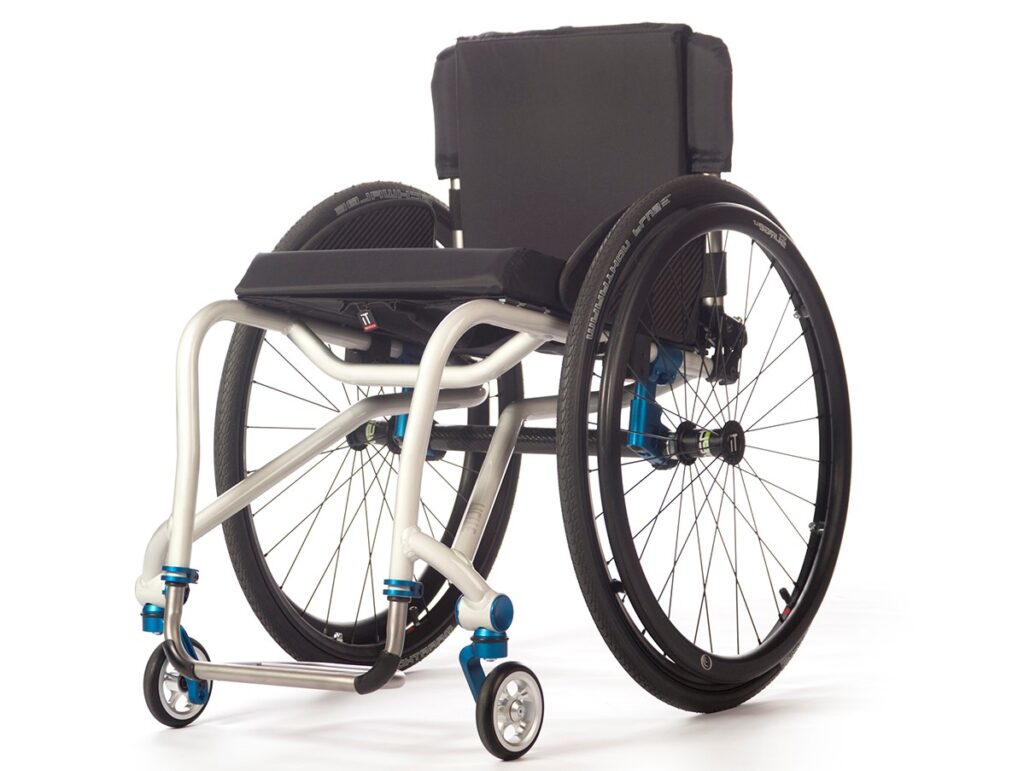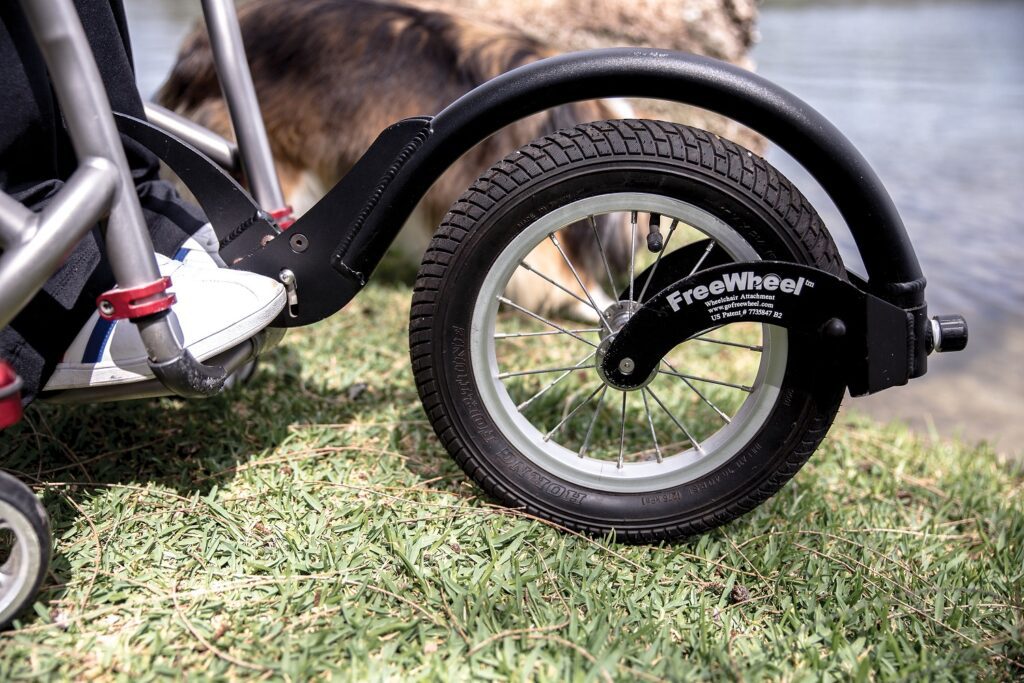The number of areas of everyday living that occupational therapists can provide support for is next to limitless. Perhaps this is in part because occupational therapy in Australia is largely unregulated.
What this means is a clinician doesn’t need to have a speciality focus area. It’s entirely feasible for them to practice across multiple disciplines. But that may not always be best for the client who has specialist needs and seeks to find specialist solutions.
However, most of the time, occupational therapists do tend to develop a core area of expertise. In this article read how this is achieved and also what industry standards exist.
How does an occupational therapist in Australia specialise?
Once you have your initial occupational therapist degree there are several unique courses for specific disciplines. However, although there are various courses on offer, these don’t always provide accreditation and aren’t always significantly structured. Therefore you’d need on the job training to be a confident clinician.
A clinician’s area of expertise often depends on where they work after gaining their degree. It also depends on what support the company they work with is willing to provide them. It is further dependent on the opportunities and actual work experience they’re able to gain in those initial years of practice.

Industry regulation of occupational therapy in Australia – is there enough?
There’s no industry body regulating what discipline OTs can consult in. As a result, an occupational therapist who generally helps with education solutions can also advise you on disability driving aids. In other words, there can be lots of crossover that might not be to the client’s advantage.
Note: As a driver with disabilities you should ideally work with a driver trained occupational therapist (DTOT) to find your driving solutions. And if you don't know that, you could end up working with a general OT and there's no regulation against this. Find out more about working with a driver trained occupational therapist to do the fitness to drive occupational therapy driving assessment.
An occupational therapist who knows all about powered wheelchairs won’t necessarily have the same experience or expertise in wheelchair accessible vans. Likewise, one who knows a great deal about stroke victims might not be familiar with the needs of someone with a spinal condition.
Ideally, occupational therapy industry associations in Australia could look at developing specific courses to accredit OTs in certain disciplines. Alternatively, a minimum number of professional development hours in a specialised discipline could fulfil the accreditation requirement. Like, for example, ‘home modifications’ or ‘custom wheelchair scripting’.
While Google’s a wonderful thing because the internet can allow you to find experienced therapists, there are also companies that will set up a flashy website and claim they can cater to all of your needs. This is why there needs to be an industry body that regulates this, for the great benefit of consumers.

A working model
While we’re still developing how occupational therapy disciplines are regulated in Australia, there’s a working model we could use.
RESNA stands for Rehabilitation Engineering and Assistive Technology Society of North America. It offers OTs specialised certification allowing them to choose and excel in a desired discipline. It also offers specialised accreditation and is the custodian of assistive technology standards.
Although this type of occupational therapy industry regulation hasn’t filtered through to Australia, it offers a functional blueprint we could hopefully take up. Not only would it help OTs extend their expertise in their desired discipline, but it would also help clients find the right OTs.
It would be possible to look up an OT who specialises in home modifications, learning difficulties, neuro-rehab, etc. From there it would simply be a matter of finding someone you’re comfortable communicating with.
Occupational therapy in Australia benefits from assistive tech expos
It’s worth noting that Australia does currently have some excellent assistive tech expos that focus on clinical programs. They offer great opportunities for occupational therapist professional development. A well-known example is the ATSA Independent Living Expo.
Note: Another way an OT may develop their capacity is to travel to overseas symposiums. This is something those who are passionate about their work tend to do, but it also comes down to opportunity. This may cost the OT more than they can afford or they might be a parent too and can't simply travel when they need to be home after hours.
If you haven’t been to the ATSA Independent Living Expo, watch this video for a quick inside look:
How do occupational therapists in Australia keep up with changes in technology?
Clinicians typically upskill through retailers that offer the latest mobility solutions. For example, the OT who works with a supplier, importer, dealer or manufacturer will have access to the latest knowledge. Nevertheless, it also means the occupational therapist’s knowledge could be limited to what that assistive technology provider is offering.
Occupational therapists who network with assistive technology manufacturers or suppliers tend to be the gatekeepers of new information.
Assistive tech suppliers are well-positioned to share what the latest mobility equipment is, how it works and who will benefit from it. So an OT that builds strong relationships with the suppliers and around disability specific needs is being proactive.
Additionally, this also means that suppliers also help occupational therapists understand how best to conduct their assessments. For example, how the mobility solution fits with the biomechanical elements of someone’s physical capabilities. Also how it will factor into the person’s environment, purpose and diagnosis.

Occupational therapists have a responsibility to ensure they’re the best person for the job
First and foremost, an occupational therapist needs to understand their own limitations and skillset. When receiving a referral they should be asking themselves if they’re the best fit to support the client’s needs.
If not, there’s no harm in telling the client and it’s their responsibility to do so. It’s best practice and they may still be able to refer you to a more suitable colleague.
The OT should be sure they’re the best fit right from the start of the journey with a potential client. In other words they need to know they can support you before they move on to the assessment component.

How does a graduate occupational therapist choose a discipline?
It can take a new graduate anything up to five years to begin to develop a level of competency in and around clinical reasoning. Clinical reasoning is effectively your ability to justify, at a clinical level, why you’ve made a decision. It means you’re comfortable and confident enough to be able to back up the what, how and why.
Graduate OTs with an understanding of what discipline interests them can look for mentorship in these areas.
If you’re an OT who wants to make a certain discipline into your focus, it’s good to commit to a particular role for at least three years. You’re probably going to become a bit of an expert or a competent clinician in that environment. Then if you still want to explore other disciplines, the next challenge is to step into another environment and test how much you’ve learned.
There is a set amount of professional development hours an OT must show each to maintain registration. This is put to best use when the content advances their knowledge. While it’s understandable to go with what suits your natural sensibility, it’s important to also challenge and constantly improve one’s knowledge.
Constant growth is needed to make a great occupational therapist. The better our OTs become, the better occupational therapy in Australia as a whole will be.
Changing disciplines within occupational therapy
It’s possible for an OT to successfully change disciplines even once they’re experts in a particular field. You could, for example, spend 10 years on prescribing specialist equipment and if you’ve got really sound clinical reasoning skills, it’s possible, with mentorship and support, to move across to another discipline.
An OT that’s already established in a particular setting has to then accept that starting anew means there will be things they don’t know and need to learn. They’d need to put the hard work into consulting with mentors and doing loads of research.

Challenges for the occupational therapist
It can be hard for a newly qualified OT to get the necessary experience they need in the field of assistive technology. And there are challenges at various levels throughout professional practice.
We’ve outlined four of the challenges occupational therapists face here:
1. Difficulty gaining work experience in scripting mobility equipment
At a tertiary level there’s not enough background in assistive technology and prescribing equipment. Finding work experience that’s solely focused on equipment prescription is also challenging.
2. Prohibitive fees prevent learning from experts
Another challenge a young and newly practicing occupational therapist faces is fees. Having a senior OT present is a great way to improve oneself professionally. But unfortunately this is hard to do because clients can end up having to pay close to twice as much.
Ultimately this means one of the main places to gain experience is working in the field. But there aren’t clear pathways for that to happen in a particular discipline. Sometimes retailers, suppliers and manufacturers have an occupational therapist on their team. In this role, an OT stands to learn lots about the newest technology that a company offers.

3. Report writing needs to be well-defined
Another challenge for occupational therapy in Australia is in report writing. This needs to be done within a legal framework so ideally there ought to be an industry standard that’s set. Young OTs need greater support to understand how best to do reports and what the purpose of these is while fulfilling any legal needs.
An OT should essentially be documenting everything they identify during a job.
4. Hours actually worked vs those charged for
The hours that an occupational therapist has to charge for are often challenged by clients. While understandable, people don’t always know or understand the value and the time it takes for a complex prescription.
It can take between 20 to 30 hours to do one properly. This includes the initial assessment, trials, report writing, delivery, and follow-up. After this there’s also the need for ongoing support, review and maintenance.
Ideally, the occupational therapist can be involved with a patient on an ongoing basis. This gives them and the client the chance to review whether the solution is working and where ongoing adjustments can be more enabling. Ideally there’s a partnership that continues beyond the actual product being delivered.

Protect your independence with mobility equipment insurance
Occupational therapy in Australia is an evolving industry. Today more than in the past, the client has more control over their decisions and how they work with the OT as a team to get the best solution.
Whether that solution is assistive technology or mobility equipment, once you have it you want and need it to last. If anything should happen and it gets stolen or broken it can seriously affect your independence. This is why having mobility equipment insurance can help greatly.
Your insurance can help cover the costs of repairs or, if needs be, replacement. That way you won’t have to pay twice for the same equipment or wait as long to be up and running. Find out about Blue Badge’s disability car insurance, wheelchair insurance, mobility scooter insurance, assistance dogs insurance (and pet insurance too)!
Want to know more? Click below to get started or call 1300 304 802 to speak to a specialist.








